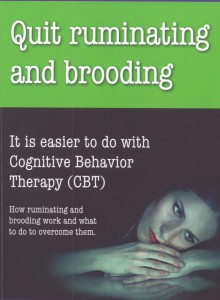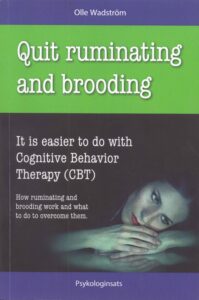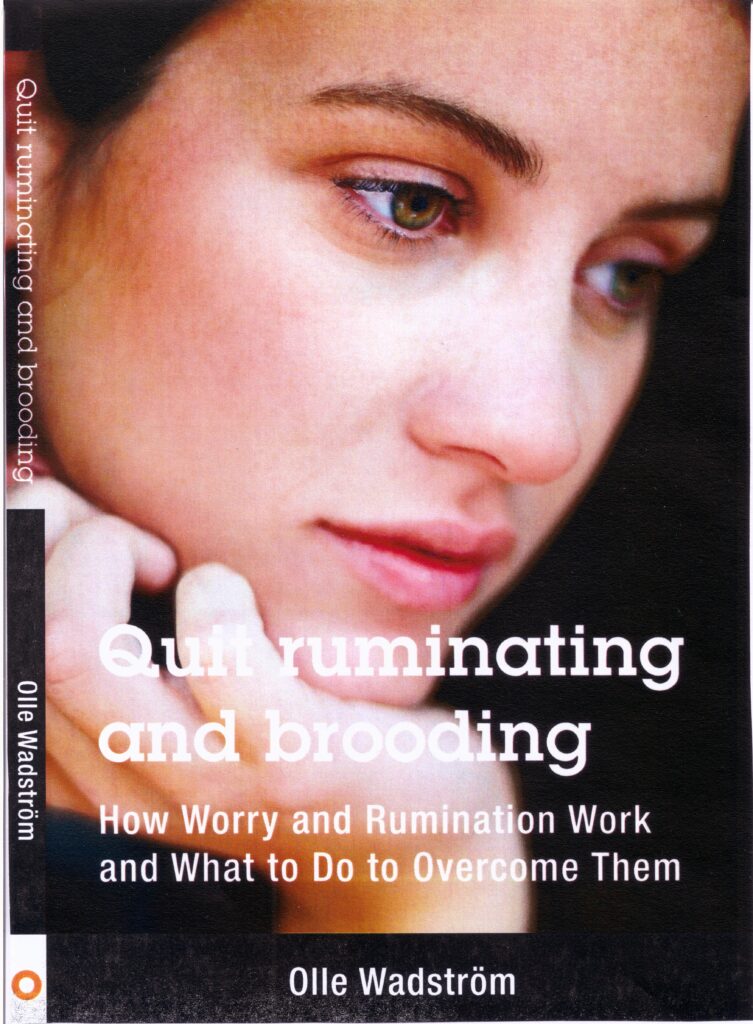 Ruminating is not really one behavior, but rather a stream of many behaviors. It is a stream of thoughts. The rumination-stream does not consist of the same thoughts repeating themselves, but rather it consists of two types of thoughts. Two types which each have their own different function.
Ruminating is not really one behavior, but rather a stream of many behaviors. It is a stream of thoughts. The rumination-stream does not consist of the same thoughts repeating themselves, but rather it consists of two types of thoughts. Two types which each have their own different function.
Behavior analysis is the understanding of the function of different behaviors. One behavior can have different functions, depending on different situations. Different behaviors may have the same function, even though they differ starkly. In order to understand a behavior’s function or purpose, it is essential to see it its context. If you do not understand the function of a behavior, you might treat it improperly. Thoughts are also behaviors, which can have different functions.
Our feelings are affected by external and internal factors. We might get upset, angry, and frightened by things that we hear and see, but also by things that we think. In the same manner, we can be calmed by things we see, hear, and think.
Thoughts in ruminations have two different functions. One kind of thoughts leads to anxiety, insecurity, or discomfort and these thoughts function as frighteners or “triggers”. The other type of thoughts functions as calmers, reassurers, or comforters, also called safety-behaviors.
Thoughts that lead to concern, frighten, lead to uneasiness, anxiety or discomfort in general will henceforth be referred to as “discomforting thoughts”. Thoughts that function as safety-behaviors that are used to rid uncertainty, insecurity, concerns, feelings of discomfort and doubt, will henceforth be referred to as “comforting thoughts”.
This is an exerpt from the book Quit Ruminating and Brooding by Olle Wadstrom. Comments and discussions are encouraged.

 Ruminating is thought-behaviors – cognitive behaviors. The typical rumination is a type of internal struggle, an internal discussion where a person in his or her mind considers the possibilities to affect, alter, predict, understand, and prepare for something. Sometimes the problem being ruminated upon is neither solvable through either thoughts nor actions.
Ruminating is thought-behaviors – cognitive behaviors. The typical rumination is a type of internal struggle, an internal discussion where a person in his or her mind considers the possibilities to affect, alter, predict, understand, and prepare for something. Sometimes the problem being ruminated upon is neither solvable through either thoughts nor actions.